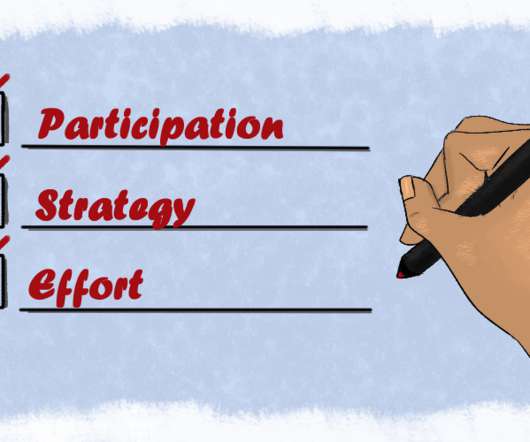Bringing Millions of Books to Billions of People: Making the Book Truly Accessible
Beneblog: Technology Meets Society
JULY 9, 2018
Literacy and access to knowledge underpins just about every social good, from education, to economic development, to health, to women’s empowerment, democracy and respect for human rights. I believe it is a combination of copyright exceptions and business model innovations. I love to hark back to Thomas Jefferson’s take on ideas. “He











Let's personalize your content